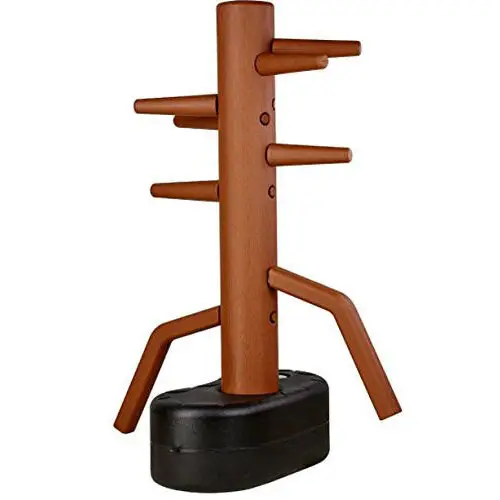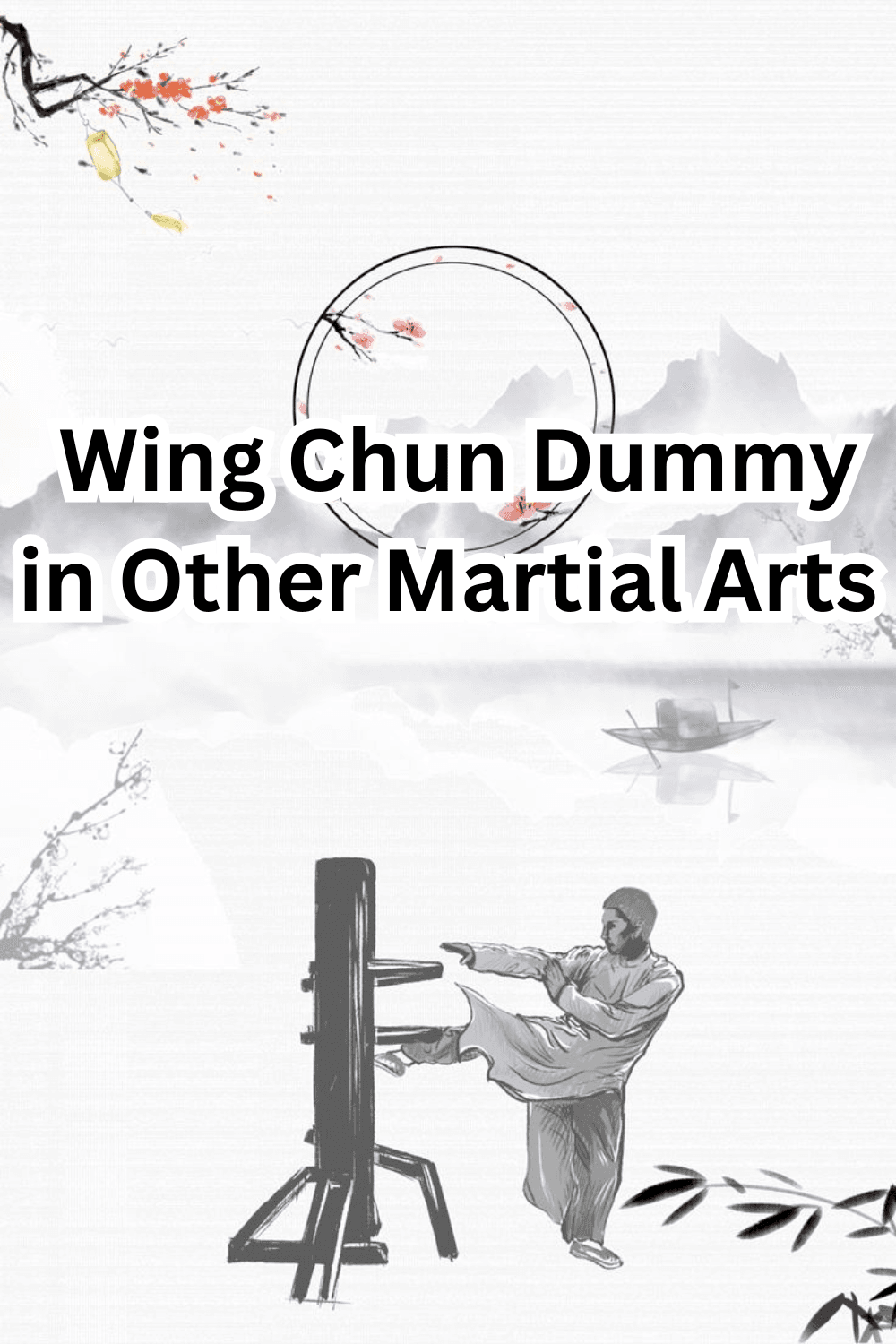Wing Chun is a traditional Chinese martial art that focuses on close-range combat and self-defense techniques.
It is known for its efficiency and effectiveness in real-life situations.
While it is always recommended to learn Wing Chun from a qualified instructor for faster and deep comprehension.
With the help of masters you can learn deeply from his/her years of experience.
Basically, There are ways – how to self-teach Wing Chun.
Especially, when it’s hard to access to a training facility or instructor is limited.
Benefits of Self-Teaching Wing Chun
Self-teaching Wing Chun can be a challenging but rewarding experience.
It allows you to learn at your own pace and develop a deeper understanding of the techniques.
Here are some benefits of self-teaching Wing Chun:
- Flexibility: You can practice whenever and wherever you want, fitting it into your own schedule.
- Independence: while Self-teaching encourages self-discipline and self-motivation.
- Cost-effective: Learning from home eliminates the need for expensive gym memberships or private lessons.
- Personal growth: Self-teaching requires problem-solving skills and a deeper understanding of the techniques.
Using Different Dummies for Self-Teaching
One of the challenges of self-teaching Wing Chun is the lack of a training partner.
However, there are various types of dummies available that can help you practice different techniques and improve your skills.
Here are some types of dummies you can consider:
1. Wooden Dummy (Muk Yan Jong)

The Wooden Dummy, also known as the Muk Yan Jong, is a traditional training tool used in Wing Chun.
It consists of a wooden frame with arms and a leg, designed to simulate an opponent.
The Wooden Dummy helps develop proper structure, positioning, and timing.
It allows you to practice various techniques, including strikes, blocks, and footwork.
When using the Wooden Dummy, it is important to focus on correct form and technique.
Start with the basic movements and gradually progress to more advanced combinations.
There are many instructional videos and books available that can guide you through the proper usage of the Wooden Dummy.
2. Wall Bag

A Wall Bag is a versatile training tool that can be easily set up at home.
It consists of a sturdy bag filled with sand or rice, attached to a wall.
The Wall Bag is used for practicing strikes, punches, and palm strikes.
It helps develop power, speed, and accuracy in your techniques.
When training with a Wall Bag, make sure to focus on the correct alignment of your body and the proper execution of each technique.
Start with lighter strikes and gradually increase the intensity as you progress.
Regular practice with a Wall Bag can greatly improve your striking abilities.
3. Focus Mitts

Focus Mitts are handheld targets that can be used with a training partner or even on your own.
They are commonly used in boxing and martial arts training to develop speed, accuracy, and timing.
Focus Mitts can be used to practice punches, strikes, and combinations.
When using Focus Mitts, it is important to maintain proper form and technique.
Also, Focus on hitting the target with precision and speed.
If practicing alone, you can set up a mirror to check your form and make adjustments as needed.
4. Shadowboxing
Shadowboxing is a fundamental training method used in many martial arts, including Wing Chun.
It involves practicing techniques and movements without a physical target.
Shadowboxing allows you to focus on your footwork, balance, and coordination.

When shadowboxing, imagine an opponent in front of you and visualize your strikes, blocks, and footwork.
Also, Focus on maintaining proper form and technique throughout the practice.
So, Shadowboxing can be done anywhere, making it a convenient and effective training method for self-teaching Wing Chun.
Supplementing Self-Teaching with Resources
While self-teaching Wing Chun can be a valuable experience, it is important to supplement your training with additional resources.
Additionally, Here are some resources that can enhance your self-teaching journey:
- Books: There are many books available that provide detailed explanations and illustrations of Wing Chun techniques and principles. Look for reputable authors and publications to ensure accurate information.
- Online Videos: There are numerous instructional videos available online that demonstrate Wing Chun techniques and training methods. Choose reliable sources and instructors to ensure quality instruction.
- Online Forums and Communities: Engage with other Wing Chun practitioners through online forums and communities. Share your experiences, ask questions, and learn from others who are also self-teaching.
Always Remember, self-teaching is a starting point, and it is always recommended to seek guidance from a qualified instructor when possible.
However, with dedication, discipline, and the right resources, self-teaching Wing Chun can be a fulfilling and effective way to learn and practice this martial art.
Let us know – What are your thoughts on how to self-teach Wing Chun.
Thanks



